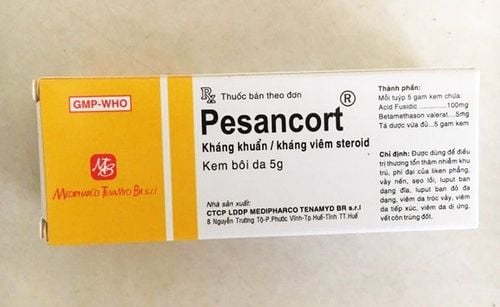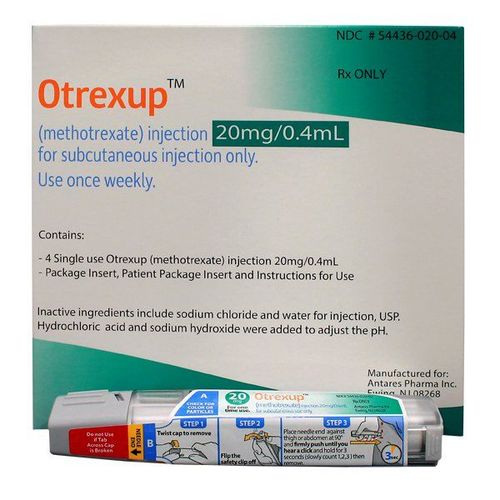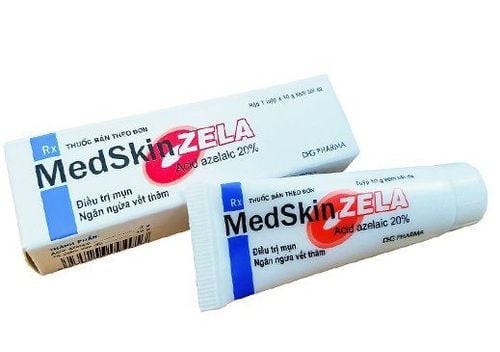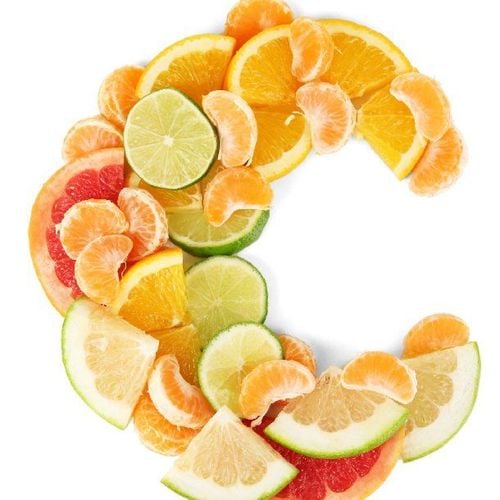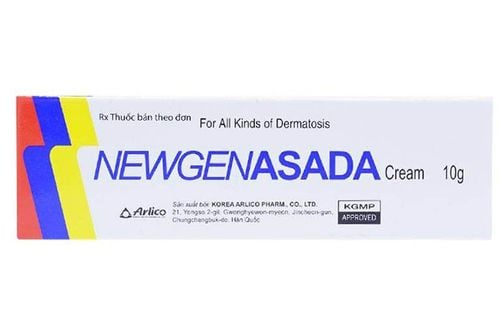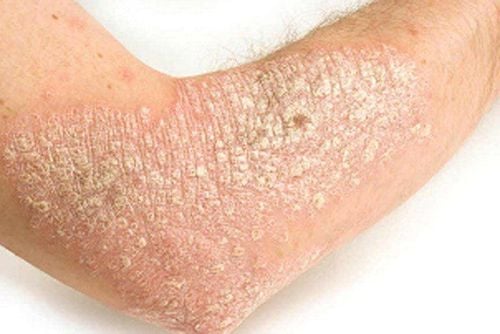This is an automatically translated article.
Our skin not only has a protective function but also has an aesthetic function. They are very sensitive and prone to skin problems due to lifestyle, exposure to irritants, etc. If the skin condition is not detected and treated early, it will cause discomfort and serious consequences when complications arise. Here are some common skin diseases.1. Heat rash
A red rash that is prickly, bumpy, and often itchy. It usually occurs in hot, humid weather and tends to show up in areas where the skin rubs together, like the armpits and groin.
Heat rash is very common in infants but can also occur in adults. It usually goes away on its own after 3-4 days. If it doesn't go away or starts to swell or ooze, see your doctor.
2. Contact dermatitis
This happens when the skin reacts to something it touches. Sometimes it has an allergic reaction to the plant (such as poison ivy), and sometimes a skin allergy caused by contact with an irritant (such as from a perfume in a soap).
Contact dermatitis can cause rash, hives, dry skin, or blistering. The skin may become thick or flaky, and it may crack. Sometimes it takes time to find out what's causing it, see a dermatologist if your dermatitis becomes severe.
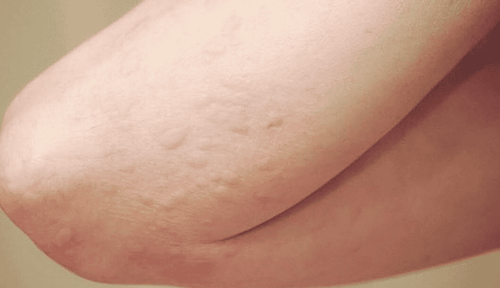
Viêm da do dị ứng có thể gây phát ban
3. Psoriasis
Psoriasis has several different types, but plaque psoriasis is the most common. It appears as raised red patches with a scaly layer of dead skin cells on top.
You usually see it on the scalp, knees, elbows and lower back, but the red spots can appear anywhere on the body. Most people first notice it between the ages of 15 and 35, these diseases can develop at any time in life.
4. Eczema
Eczema is a skin condition that causes very dry, itchy patches. Over time, these areas can thicken and turn lighter or darker than the rest of the body. Most people get eczema for the first time before the age of 5, and about half will have it by the time they are adults.
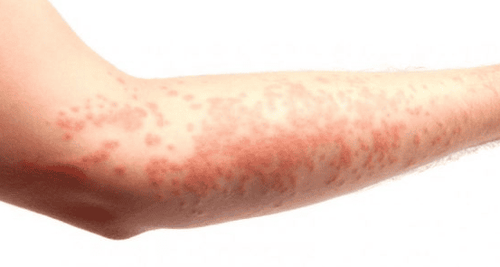
Bệnh chàm là một bệnh về da khá phổ biến
5. Rosacea
If you see spots or redness on your cheeks, nose, chin or forehead, you may have a skin condition called rosacea. Sometimes, small cyst-like bumps and blood vessels are more visible.
Usually it starts after the age of 30, then becomes redder and more persistent. Many factors can trigger rosacea or make it worse, including drinking habits, eating spicy foods, stress, and menopause. There is currently no cure, but there are methods to control symptoms.
6. Shingles
This type of painful rash with blisters usually appears as a single stripe on one side of the body. (You may experience tingling or itching for a few days before you see it.) It is caused by the same virus that causes chickenpox.
Viruses that stay in the body for even decades can then break out and cause shingles. It is very common in people over 60 years of age. It should go away in 2-4 weeks, but see your doctor for medication to prevent nerve pain from persisting.
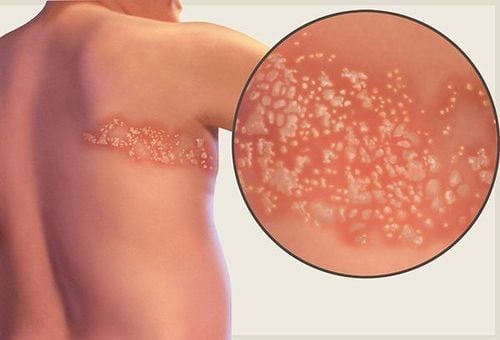
Bệnh zona gây ra nhiều biến chứng nguy hiểm
7. Spider veins
Also known as broken capillary , this is a phenomenon in which small blood vessels, close to the surface of the skin, get larger and easier to see. The result is paleness and uneven skin tone on areas like the legs and face.
Spider veins have many causes and are relatively common in women. They're not harmful, but you can deal with them if you don't like how they appear on your skin.
8. Melasma skin
Brown or gray patches on the face that are caused by sun exposure, hormonal changes or both. Melasma is more common in women. Birth control pills or are more likely to cause melasma. Melasma patches usually appear on the forehead, upper lip, cheeks, chin, and nose. They may fade on their own after pregnancy or once you stop taking them, but treatments can also help. Using a broad-spectrum sunscreen and staying out of the sun strictly will help keep melasma patches from darkening.
9. Albinism
A condition in which patches of skin lose color and appear lighter than normal skin or skin elsewhere. Sometimes it only occurs on a few parts of the body, but vitiligo can cover large areas (even the hair, eyes, and inside the mouth).
It happens when cells that give skin and hair color, called melanocytes, die. Vitiligo occurs in both men and women of all races. A few different treatments can restore your skin.
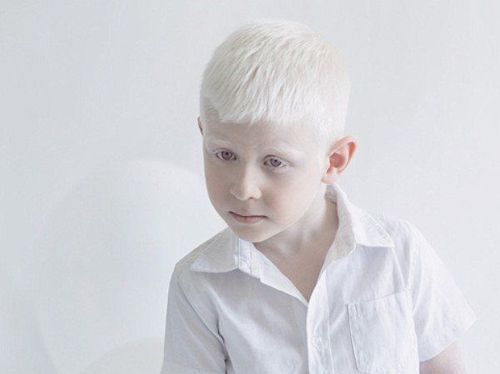
Bệnh bạch tạng có thể bao phủ các khu vực rộng lớn
10. Tinea Vers Mushroom Color
This fungus is especially common in tropical climates. They cause white, pink, red, or brown spots to form on the skin. They can appear anywhere on the body, and sometimes they make the skin dry, scaly, and itchy. Tinea Vers color is most common in teenagers with oily skin. Use medicine or detergent to treat.
11. Skin problems caused by drinking alcohol
When you drink, especially if you drink too much, your face may turn red. And if you have a hangover the next day, dehydration will make the redness worse.
If your skin becomes very red when you drink, you may have alcohol flushing syndrome caused by an enzyme problem (it's common in people of East Asian descent). Or you may have rosacea and alcohol is causing your symptoms.

Uống rượu có thể gây ra các bệnh về da
12. Skin condition caused by over-exfoliation
Whether exfoliating will remove dead skin cells and make your skin look brighter and fresher. But doing it too often or too vigorously can make your face redder, make skin problems worse, and cause dark spots to appear. Ask your dermatologist about the best way to exfoliate for your skin type.
If there is a need for consultation and examination at the Hospitals of the National Health System, please book an appointment on the website to be served.
Articles refer to the source: webmd.com
Please dial HOTLINE for more information or register for an appointment HERE. Download MyVinmec app to make appointments faster and to manage your bookings easily.




